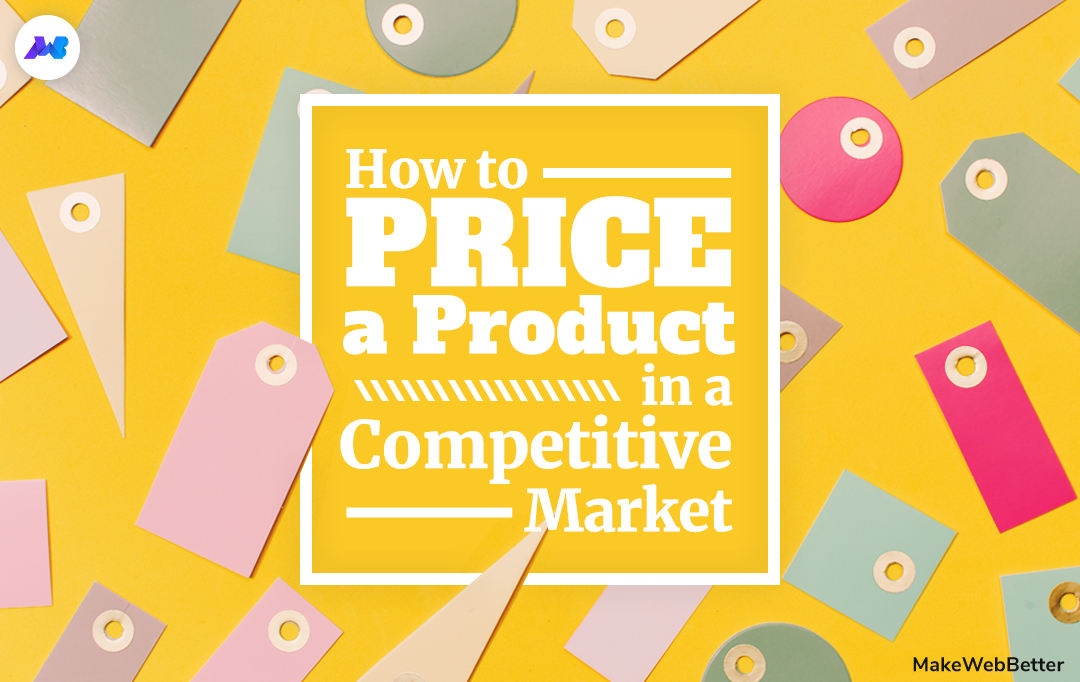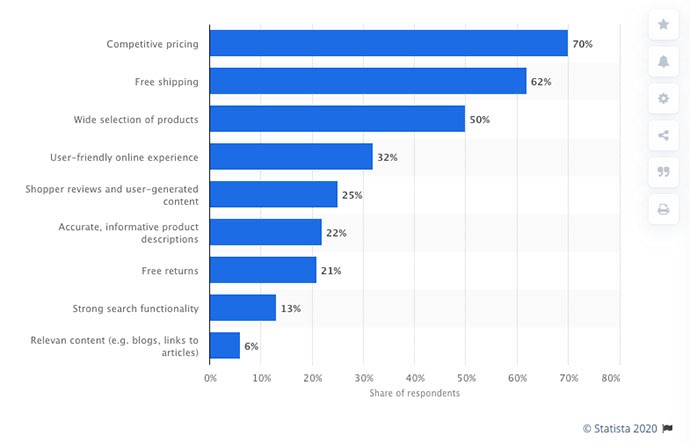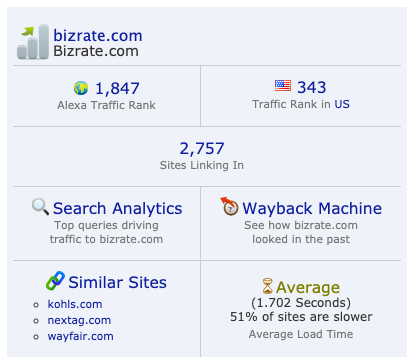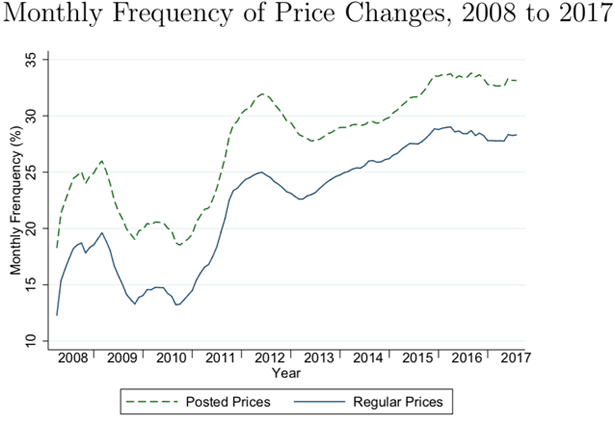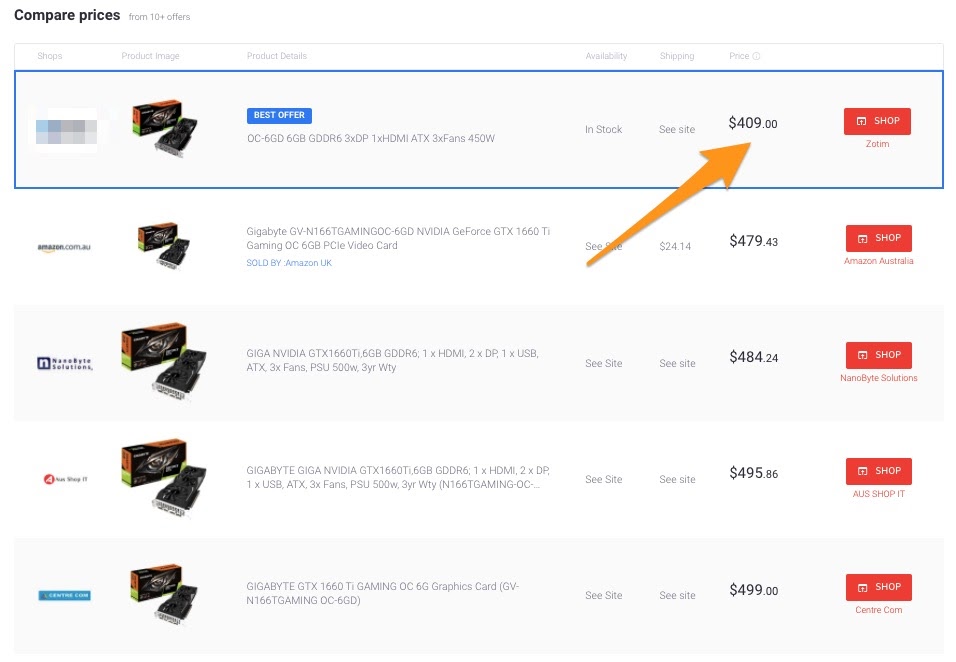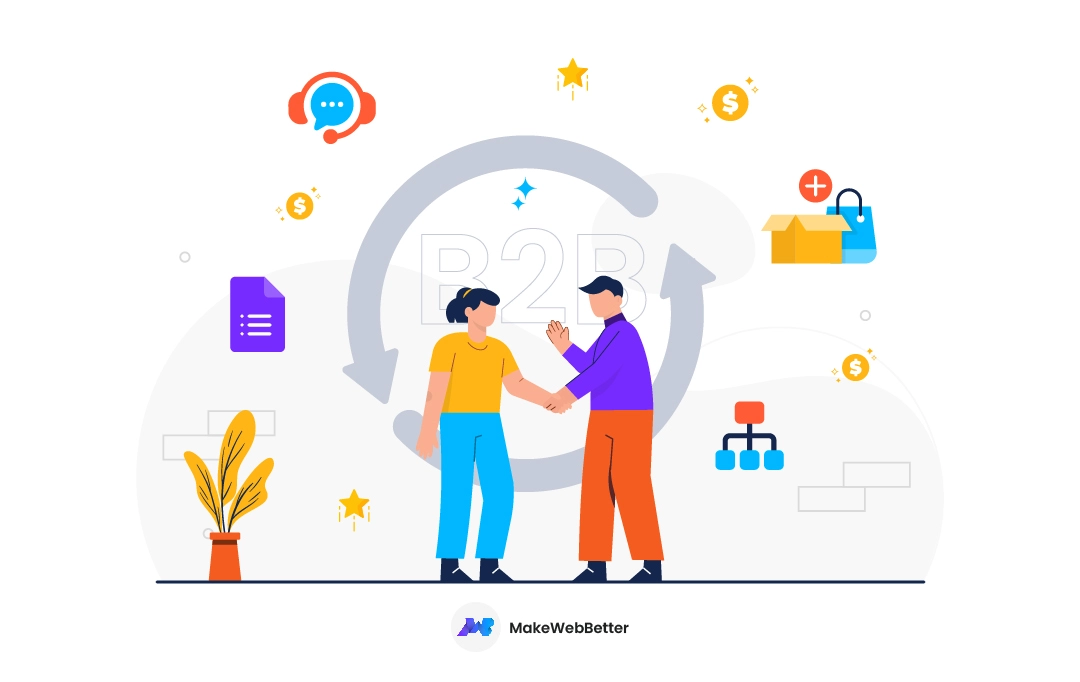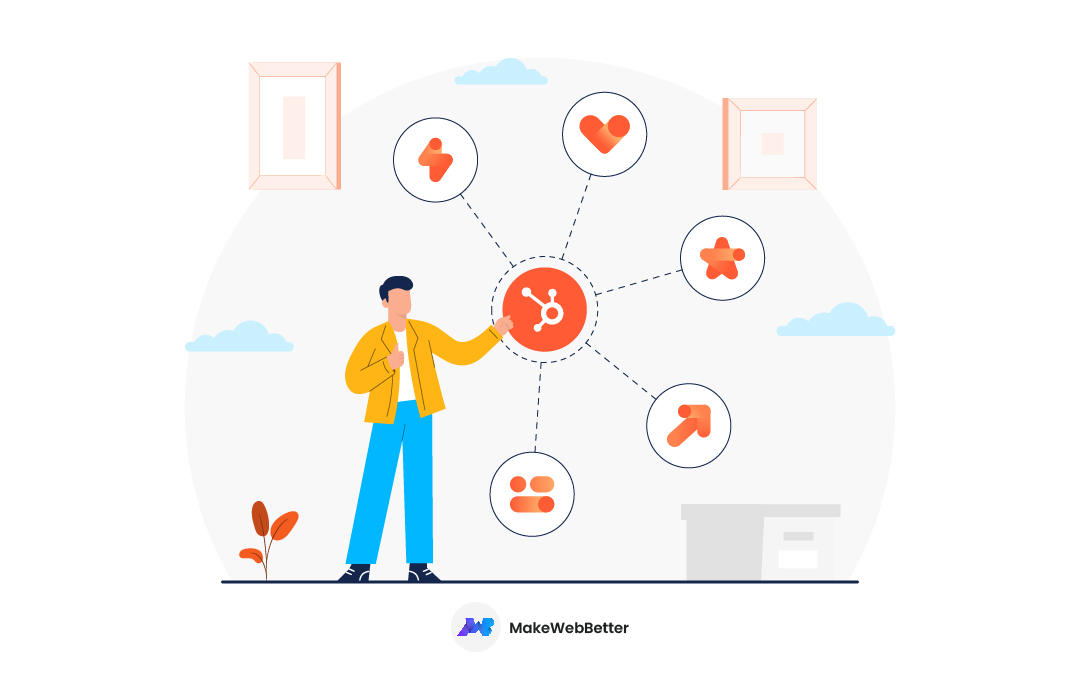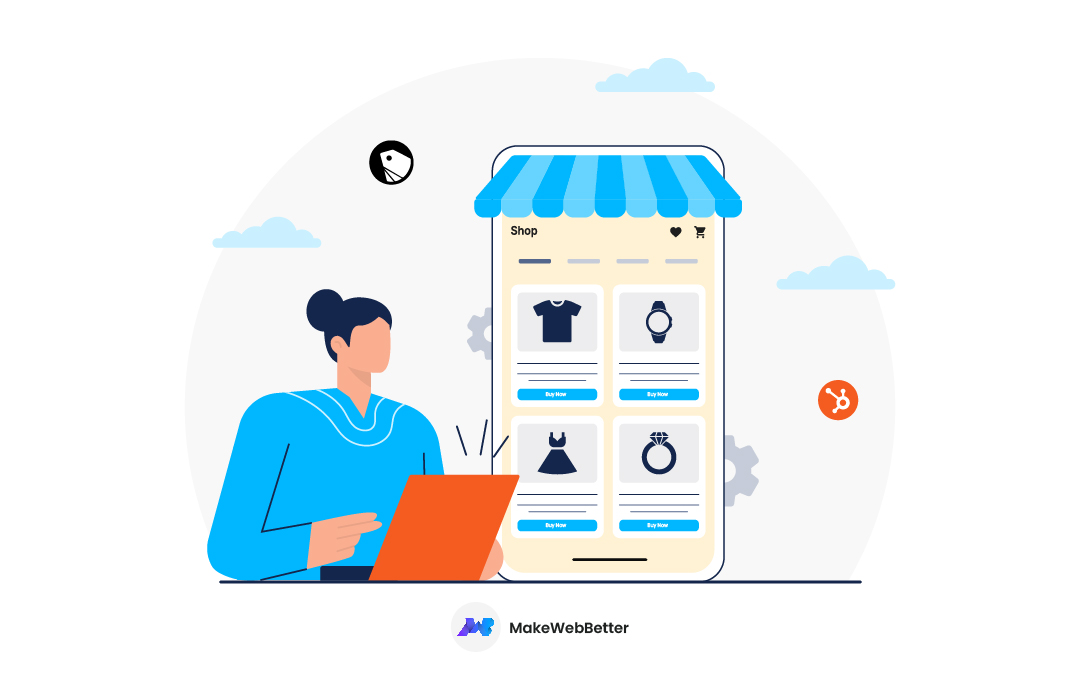It’s always difficult to stand out in a crowded market. It takes both agile and plan-driven approaches to build and implement a solid competitive strategy. But everything will sort itself out once you build a plan.
And how you price a product must depend on the strategy you build. Because your prices play a key role in:
- Your revenue
- How shoppers perceive your brand compared to other players in the market
- How effectively you acquire customers
- Your ability to increase customers’ lifetime value
Reading this blog, you’ll learn how to set prices that serve your marketing strategy, improve profitability, and stir demand.
But before taking a deep dive into all, let’s understand why pricing is at the center of e-commerce.
Why Pricing is at the Center of eCommerce?
87% of shoppers in a Google Survey said knowing they got a good deal is important when deciding which retailer to buy from.
Similarly, Statista’s global survey found that 70% of shoppers consider competitive pricing as the most important factor when choosing a retailer.
What do these numbers say?
Price is a top priority for the consumer. When you plan a product launch, keep in mind that both your existing customers and prospective buyers care if you set fair prices.
And 79% say they look for the best price before making a buying decision.
Factors Affecting Consumer’s Buying Behavior
Thanks to comparison shopping engines (CSEs) like Google Shopping, they can easily find the best deal on the web within seconds.
Bizrate, for instance, is a CSE serving American consumers, and it’s one of the most visited websites in the US.

Likewise, GetPrice is a high-traffic Australia-based CSE.
What I’m saying is that regardless of the quality and the seamlessness of the experience you offer, it all has to be at a good price.
So how do you price a product in a crowded market?
How to Price a Product in a Competitive Market
Although there’s no one-size-fits-all pricing strategy, there’re some principles every seller must know about:
Combining Agile and Plan-driven Approaches to Give you an Upper Hand
Online prices change so many times in a day. Harvard Business School professor Alberto Cavallo studied the increase in the frequency of price changes in the retail industry between 2008-17, and he found a significant uptrend.
Professor Cavallo claims that the uptrend is partly a result of the use of dynamic pricing algorithms designed to optimize price changes. But he also says that this type of pricing behavior coming from retail giants can change the behavior of the industry as a whole.
In fact, he observed that many retailers are currently using web-scraping to monitor their competitors. That tells us something.
Track Competitors
Sellers can no longer get good results from monthly or even weekly plans. They need to be quick to capture competitors’ price changes and adjust their own. It’s the only way to make sure you’re setting fair prices.
Here’s an online store that doesn’t.
To be clear, we’re not talking about whether what they charge is actually fair. What sellers should keep in mind is that price comparison is a part of shoppers’ buying journey. So, if you’re charging $200 more for the identical item, they’re going to want to know why.
Sticky prices are not good for e-commerce businesses. Track your competitors’ prices and adjust yours by minute when necessary.
Make up Some Time for Long Term Planning
Foreseeing what happens in the future is a whole other job. Especially now, when there’s a cloud of uncertainty wandering around above our heads.
In times of uncertainty, businesses must make data-driven decisions.
Relying on your gut instead of data makes you vulnerable to volatility and uncertainty, whereas planning prepares you for what’s coming.
For instance, a Nielsen study says shoppers will turn to cheaper alternatives to their everyday purchases, as many are facing financial difficulties.
They’ll prefer economy packs, look for value brands and private labels on staples categories. And in the long run, they’ll be more reliant on cheaper alternatives in all categories.
What does it tell you about?
For one, knowing customers will look for cheaper alternatives, you should consider adding more affordable products in your assortment.
You can also offer various package sizes at different prices, to make sure all your customer segments can find items for their budget.
Setting Dynamic Prices for Profit Maximization
Dynamic pricing is not only the most seamless strategy you can use to price your products, but is also the only strategy with which you can maximize your profits.
When competitors increase prices, you need to be able to make quick adjustments in yours.
Otherwise, you’re leaving money on the table.
This is what we’re talking about:
So even if they charged $459, they’d still be the cheapest. And they could profit $50 more per unit.
Why would you leave that much money on the table?
Most likely because their prices are set for a long period of time—a week is a long period of time in this fast-paced industry.
In other words, when there’s a chance to improve profit margins, they’re not taking it.
What they don’t know is that online sellers must seize every opportunity to improve profitability. Because they’re already operating on tight profit margins—including retail giants.
Dynamic pricing allows you to automatically adjust prices according to the changing market conditions.
If you want to be the cheapest in the market, match, or beat a competitor, the engine adjusts your prices automatically.
You can have someone build a web-scraping engine tailored to your needs—which requires monthly maintenance and a fee—or you can use a dynamic pricing software at a monthly fee.
Using Loss-leaders to get Traffic to your Store
I know that getting traction to your store can be exhausting at first. But you slowly increase your store’s visibility, convert customers, and build customer loyalty over time.
While going through these phases, it’s important to draw on the valuable knowledge learned from big retailers. Because their tactics and strategies are proven.
One of those proven strategies Amazon has mastered is loss leader pricing.
Loss leaders are popular products that have a high search volume and sold below cost.
The idea behind loss leader pricing is that the customers you’re luring into your store with using the loss leader will make additional purchases.
So when they come to your store, they’ll buy profitable items too.
Loss leaders work like a charm, but only if you’re able to pick the right products as loss leaders and find a way to make up for the loss.
When you price a product, always keep in mind that you can use pricing as a strategic weapon. If you’re still adding a markup to your cost to find a selling price, you’re missing out on so many opportunities.
Make Sure You’re not Racing to the Bottom
In the fast-paced and transparent e-commerce environment, holding out from the fierce competition on price is out of options.
You have to offer competitive deals so that your prospective buyers can see your store listed on the CSEs, and your existing customers return to your store.
But that doesn’t mean you should race to the bottom.
Sellers sometimes take the competition to another level by offering steep discounts, forcing others to follow the track.
57% of companies say they’re in a price war, a global cross-industry pricing study found.
Don’t take part in a price war. Deep discounts destroy value, and they’re not profitable in the long run.
You can attract countless visitors by beating retail giants’ prices on Cyber Monday, but can you make any profit out of it?
Likely not. Because big retailers usually have a significant cost advantage, and their pricing algorithms make sure they’re not bleeding money. If you’re using a repricing engine, make sure to add cost-based rules to guarantee that you’re not bleeding money as well.
Note that increasing prices after a deep price cut might alienate your customers, as they might not find it fair. That’s why most retailers are reluctant to implement a price increase. And two-thirds of the participants in the same pricing study were able to implement only half of their planned increases in 2019.
So make sure you’re not discounting as much as to diminish profit margins and alienate your customers in the long run.
Final Words
How you price a product has a great impact on your profitability, competitive positioning, how effectively you acquire customers, and how successful you are in keeping them.
Use your pricing power as a means to get ahead of the competition and improve profitability whenever there’s a chance.
Offer competitive prices. Competitive pricing is a top priority for the millennial consumer, and the uncertainty awaiting us all is making them, even more, price sensitive.
Give your customers a reason to return to your store, know what they’re expecting from their experience with you.

